By DiscoverTheOdds.com
Updated May 25, 2023
We’ve all heard the reality check before: “You have a better chance of being struck by lightning than winning the lottery.”
To most of us, the odds of being struck by lightning, “1 in a million,” are a convenient measuring rod for all things unlikely. Whether it’s winning the lottery or dying in a plane crash, if something is less likely to happen to you than being struck by lightning, then, as the logic goes, it’s probably not worth holding your breath for or worrying about very much (discussions along these very lines can be found here and here).
Lightning Odds…Not So Simple…
The odds of being struck by lightning, however, are not as simple as we would have them to be. The answer to the question, “What are the odds of being struck by lightning?” is actually, “It depends.”
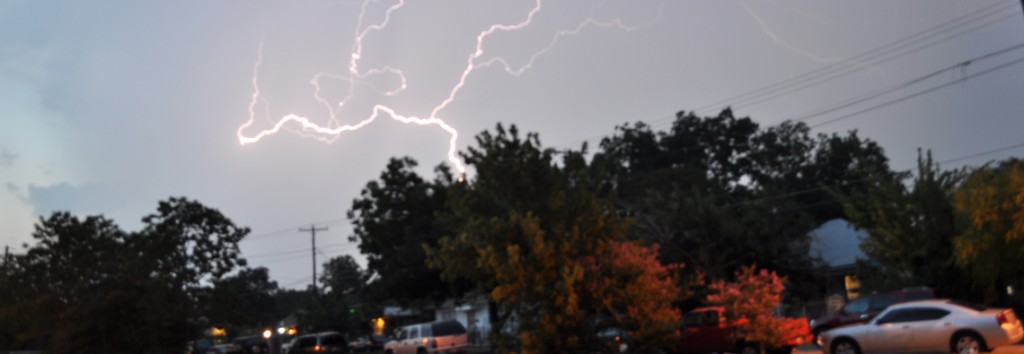
Estimated U.S. population as of 2011: 310,000,000
Average Annual Reported U.S. Lightning Deaths and Injures, 2001-2010: 280
Odds of being struck by lightning in a given year (reported deaths + injuries)
=1 in (310,000,000/280)
= 1 in 1,107,143
= Approximately 1 in a million
What’s particularly noteworthy is that depending on which state you’re in within the United States, your odds of being struck by lightning this year can be much higher or much lower than that 1 in a million figure mentioned above. For example, based on lightning data (courtesy StruckByLightning.org) and U.S. Census Bureau population estimates for 2011 presented in the map below, if you live in Montana, your odds of being struck by lightning are roughly 1 in 249,550, considerably higher than the the national average of 1 in a million. Towards the other end of the spectrum, in California, your odds of being struck by lightning are far lower at 1 in 7,538,382.
Clearly, the odds of being struck by lightning are not the same for everyone, everywhere, but why? We face varying odds of being struck by lightning because of a few key factors. These essentially location-specific factors include: Cloud-to-ground lightning density rates, population size, indoor vs. outdoor activity setting and safety adherence.
Now Available on Amazon Struck by Lightning: The Curious World of Probabilities 
by Jeffrey Rosenthal
From terrorist attacks to big money jackpots, Struck by Lightning
deconstructs the odds and oddities of chance, examining both the relevant and irreverent role of randomness in our everyday lives..airplanes crash, bridges collapse, and we never know if we’ll be that one in a million statistic. A basic understanding of the rules of probability theory, applied to real-life circumstances, can help us to make sense of these situations, to avoid unnecessary fear, to seize the opportunities that randomness presents to us, and to actually enjoy the uncertainties we face. In this entertaining yet sophisticated look at the world of probabilities, author Jeffrey Rosenthal–an improbably talented math professor–explains the mechanics of randomness and teaches us how to develop an informed perspective on probability.
U.S. Cloud-to-Ground Lightning Density
This Vaisala National Lightning Detection Network (NLDN) map shows the average annual lightning flash density within the continental U.S. from 1997-2011.
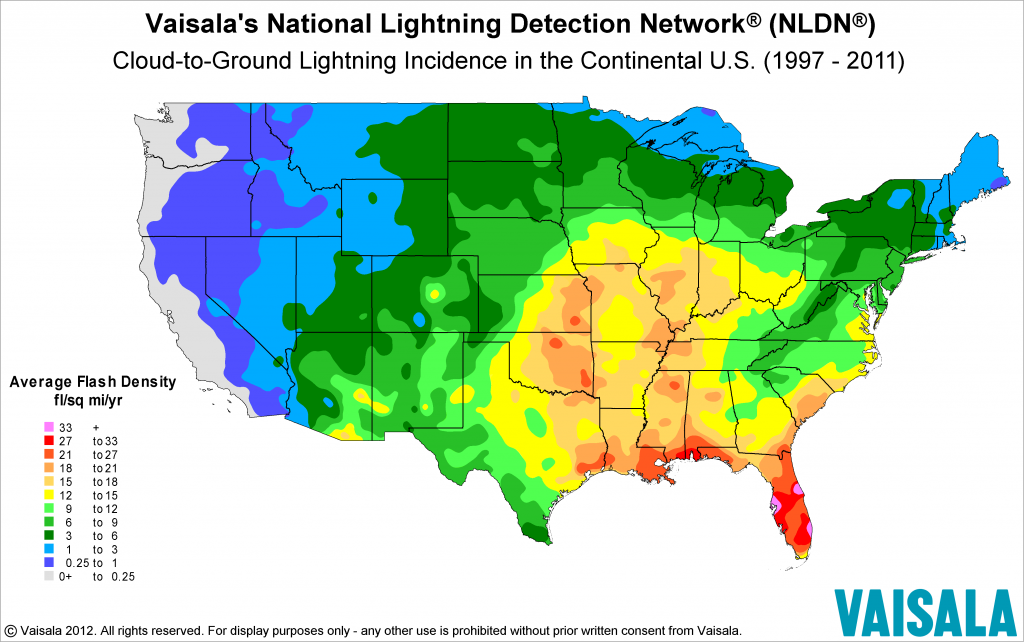
In terms of cloud-to-ground lightning averages, Florida ranks highest, with an average of 1,414,284 flashes per year (24.7 flashes per square mile). Historically, Florida has also experienced the highest lightning number of lightning deaths in the United States, with 425 deaths occurring there from 1950-2003. Washington has the lowest cloud-to-ground lightning averages, 20,510 flashes per year (0.3 flashes per square mile).
Population
State population plays in a key role in determining your odds of being struck by lightning. Florida tops all the states both in terms of cloud-to-ground lightning density and the number of lightning casualties reported annually (31 in 2011), but because of Florida’s population size, an estimated 19,057,542 for 2011, the odds of being struck by lightning there were 1 in 614,759. These odds are lower than Montana’s 1 in 249,550, even though Montana had only 4 lightning casualties, because in comparison, Montana’s estimated 2011 population was much smaller: 998,199.
Indoor vs. Outdoor
Simply put, more time spent outdoors increases the odds of being struck by lightning. In places where people work and engage in more activities outdoors, the odds of being struck by lightning tend to be higher.
A recent report, A Detailed Analysis of Lightning Deaths in the United States from 2006 through 2013, by lightning safety specialist, John S. Jensenius, Jr. at the National Weather Service, NOAA, revealed the following insights into lightning deaths:
- Males accounted for 81% of lightning fatalities.
- More than 70% of lightning deaths occurred in the months of June, July and August.
- Slightly more lightning deaths happened on Saturdays and Sundays than other days of the week.
- Individuals in the age range of 10-60 comprised the greatest number of lightning fatalities, with the 20-29 age bracket having the highest concentration of lightning fatalities.
- 64% of lightning deaths were related to leisure activities, followed by 17% of lightning deaths related to daily routine and 15% related to work.
Did You Know?
As discussed in a USA Today article by Doyle Rice, there has been an overall decline in lightning fatalities in the U.S. since 1940, largely due to the impact of public education efforts and increased public recognition of the value of following safety principles.
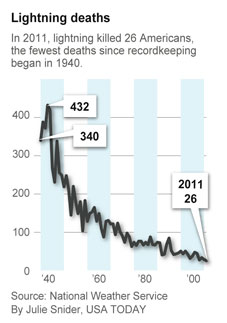
Lightning Safety
The U.S. National Weather Service cautions that when there is a thunderstorm in the area, no place outside that is safe. Moreover, if you can hear thunder, that means that lightning is, in fact, close enough to strike you. If you are outdoors when you hear thunder, seek safe shelter. In short, when it comes to lightning, the message that lightning experts and organizations regard as being the most crucial is to go indoors when there is a thunderstorm in the area. Thus, the National Weather Service, StruckByLighting.org and others have worked hard to get the simple message out: “When Thunder Roars, Go Indoors!”
Featured Image Credit: Brilhasti1/Flickr


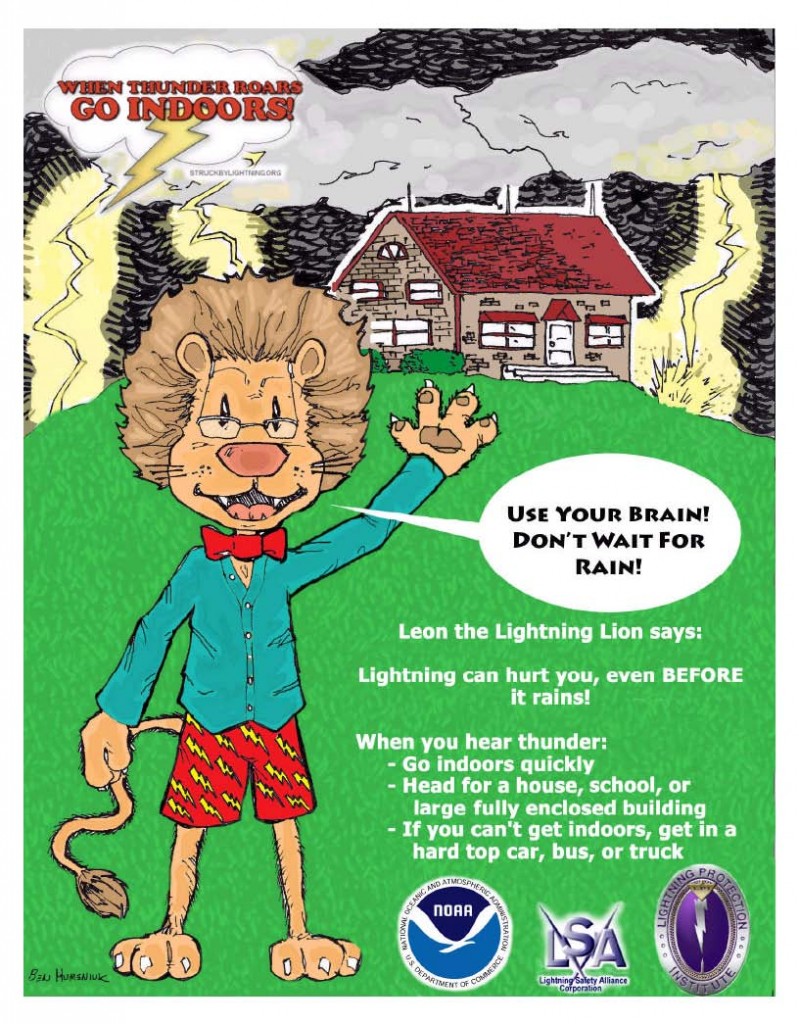
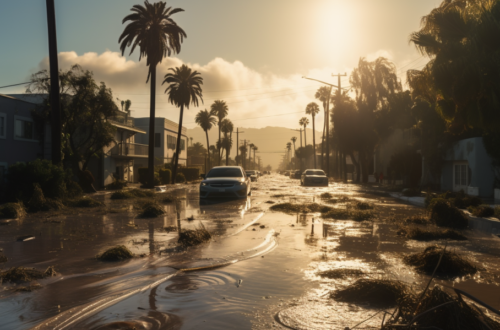
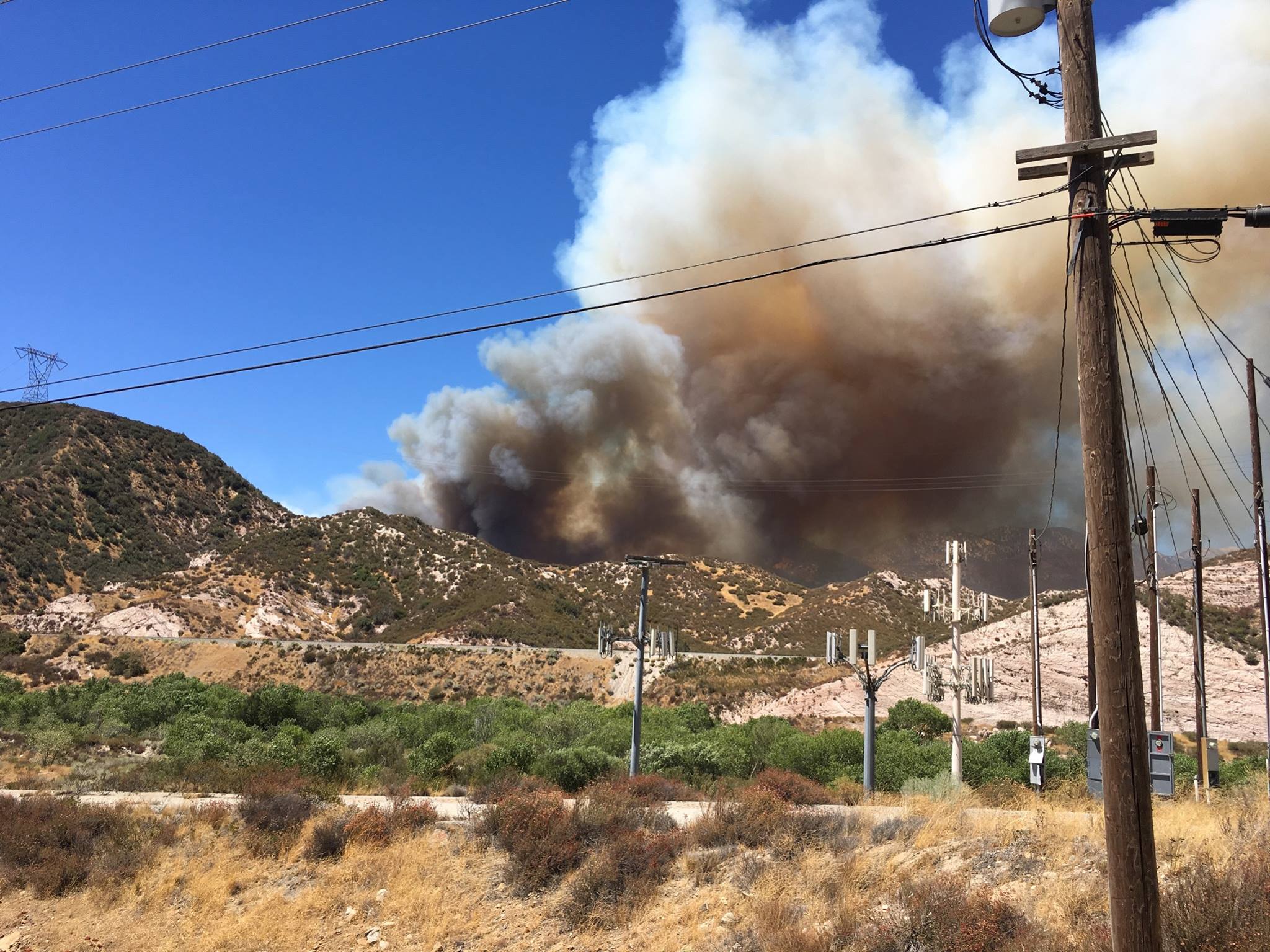
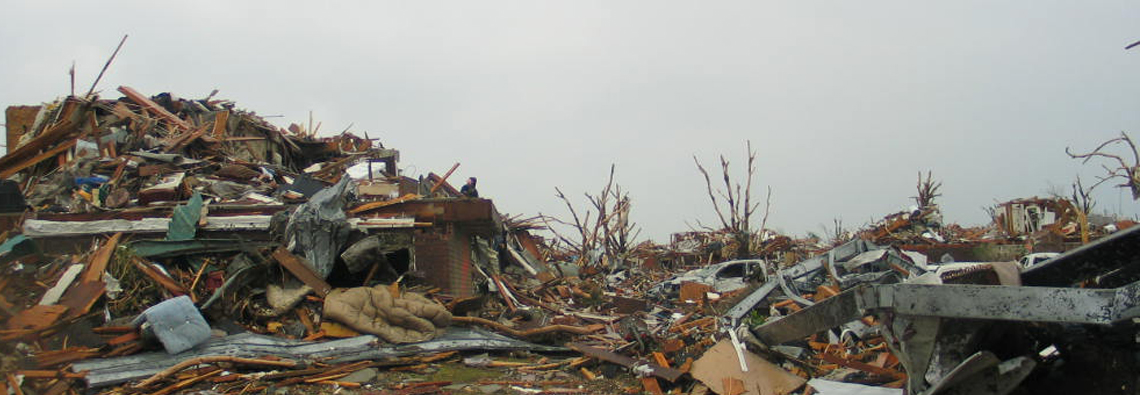
OK. Math gurus, what are the odds of getting struck twice? Now what are the odds of getting struck twice in the same area, about 15 feet apart? Then, what are the odds that it would happen within about 30 seconds, each time? I know it has to multiply exponentially! I can’t even imagine where to begin on that formula, but there is a video I got from a FB friend, taken by a traffic camera! Now I know there is a way to stage everything, but it sure looks real to me! However, the more I watch it, the more it seems staged. I don’t think anyone could survive a lightening strike, and just get up and walk away like it was just a minor injury; and certainly not twice!